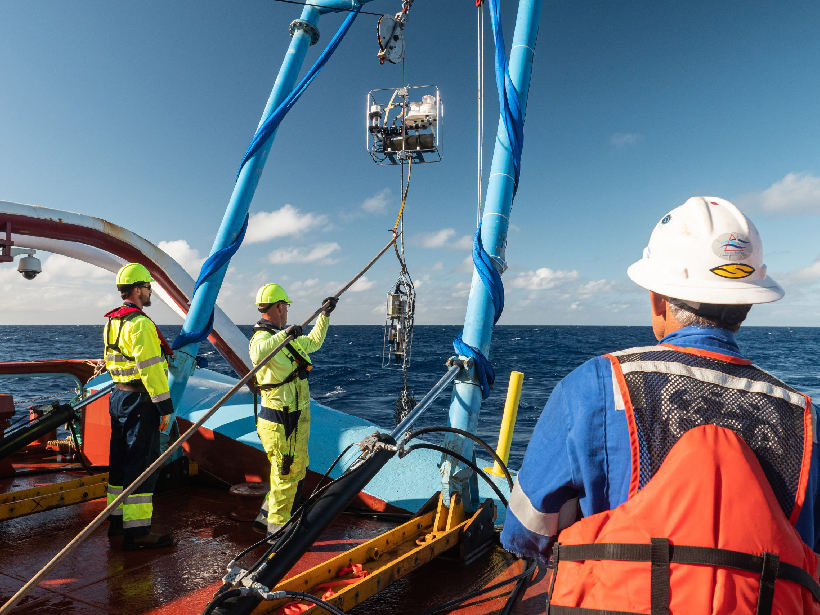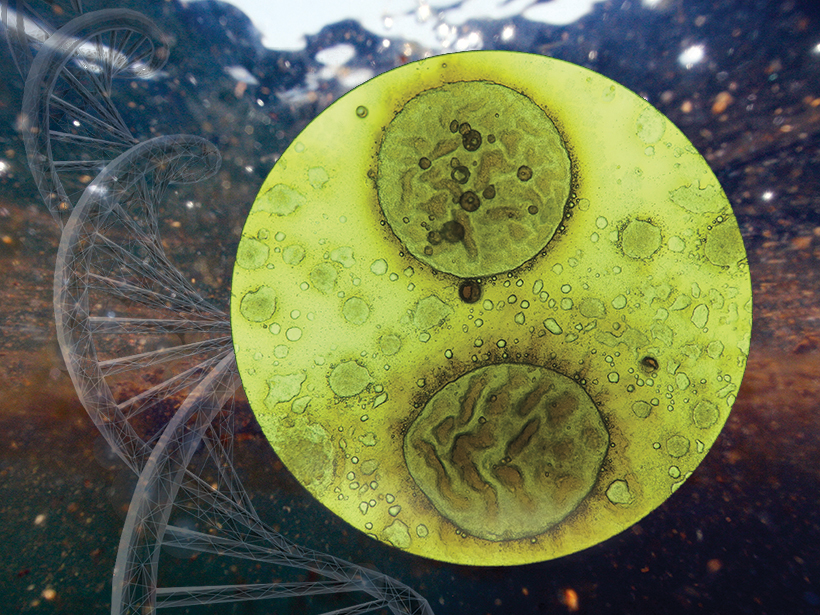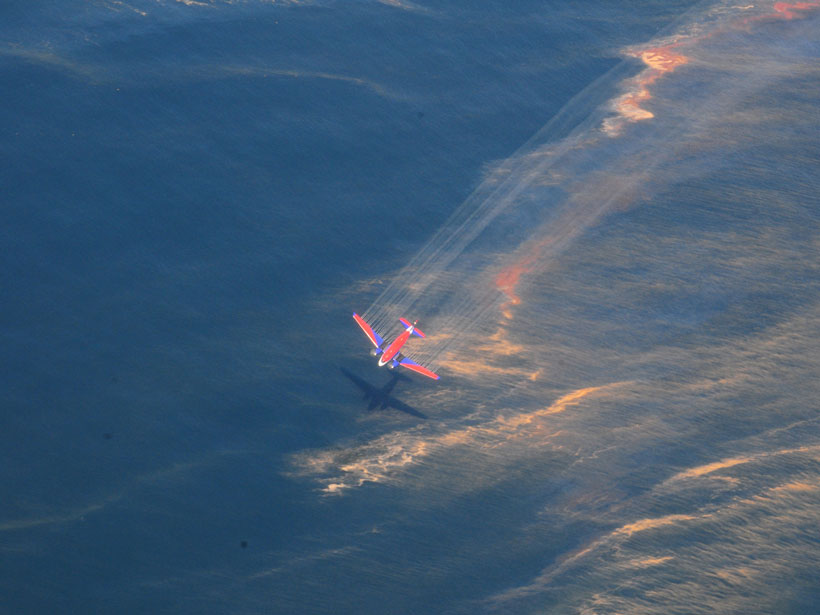After oil and tar washed up on eastern Mediterranean beaches in 2021, scientists devised a way to trace the pollution back to its sources using satellite imagery and mathematics.
marine debris
Kelp’s Carbon Sink Potential Could Be Blocked by Coastal Darkening
Coastal darkening, an environmental threat researchers are only beginning to study, is found to dramatically reduce the productivity of kelp.
What Happens When Six Sea Turtles Go Rogue
In a study of more than 200 sea turtles, researchers were surprised by six turtles that went their own way.
Coastal Ecosystems Under Pressure Worldwide
A new book explores how two river-dominated coastal estuaries are responding to the pressures of human expansion and climate change.
Rastreando cómo se mueve el plástico en el océano costero
Investigadores utilizaron un tanque de olas para estudiar el movimiento de partículas de plástico de forma experimental y comprender el papel de la densidad de partículas en el comportamiento de deriva.
Tracking How Plastic Moves in the Coastal Ocean
Researchers used a wave tank to study the movement of plastic particles experimentally and to understand the role of particle density in drift behavior.
¿Por Qué la Luz Solar es Importante para los Derrames de Petróleo en el Mar?
Una década de investigación desde el desastre de Deepwater Horizon ha revelado cómo la luz solar—su importancia subestimada durante mucho tiempo en la ciencia de derrames de petróleo—altera sustancialmente el petróleo que flota en la superficie del mar.
Below the Great Pacific Garbage Patch: More Garbage
New research is finding there’s more to marine debris than just what appears near the ocean surface, including tons of microplastics extending hundreds of meters into the deep.
Deepwater Horizon: La Plataforma Petrolera y el Surgimiento de las Técnicas Ómicas
Las técnicas de genómica microbiana llegaron a su madurez después del derrame de Deepwater Horizon, ofreciendo a los investigadores una visión incomparable de cómo los ecosistemas responden a tales desastres ambientales.
Why Sunlight Matters for Marine Oil Spills
A decade of research since the Deepwater Horizon disaster has revealed how sunlight—its importance long understated in oil spill science—substantially alters petroleum floating at the sea surface.










